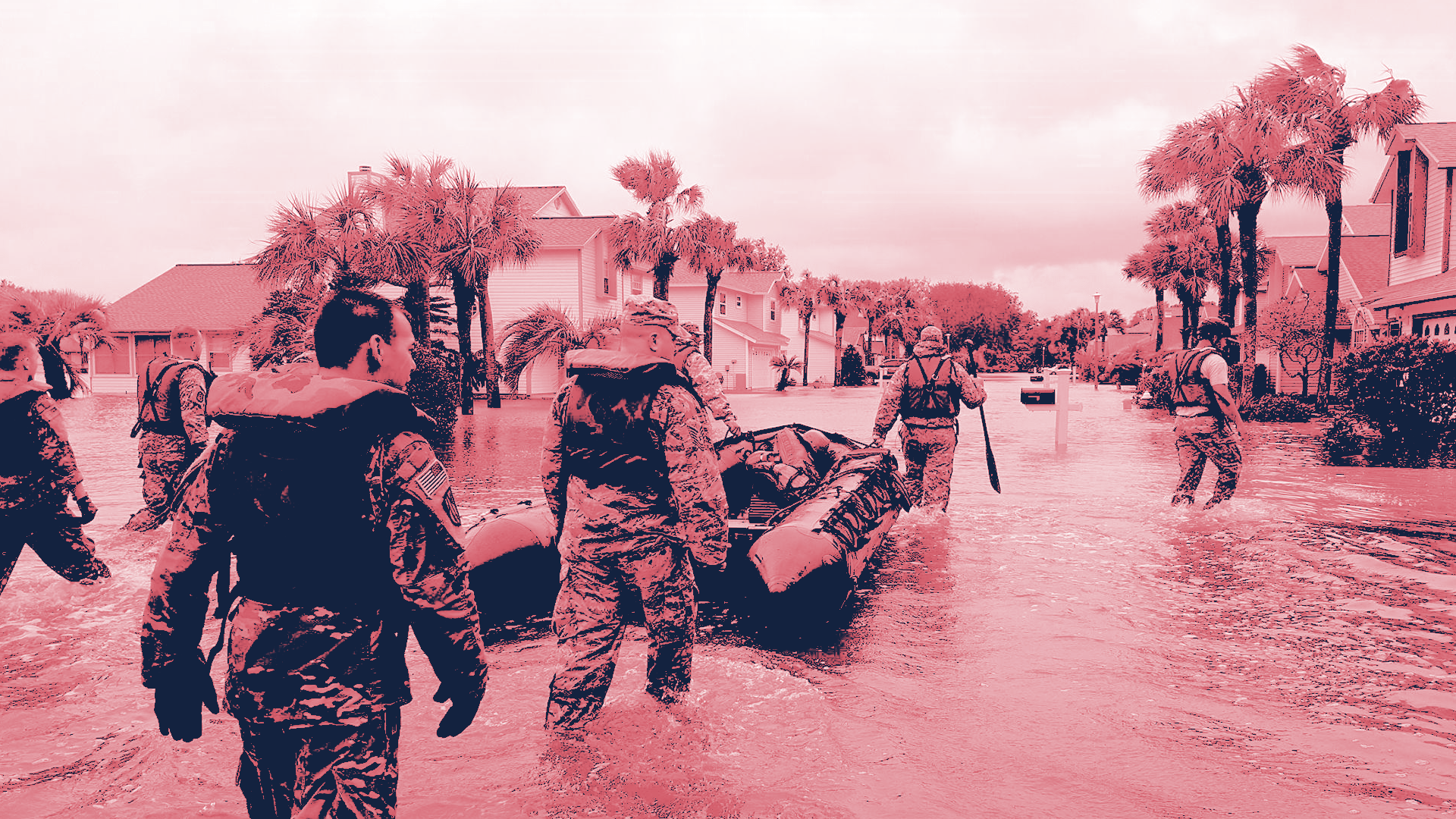

By refining hurricane forecasts, improving flood prediction, and enhancing storm risk communication, we are equipping emergency responders and residents with life-saving information. We’re developing new technologies that are revolutionizing how we observe, predict, prepare for, and respond to hurricanes. With each breakthrough, we’re helping communities minimize damage, safeguard lives, and recover faster from nature’s most powerful storms.
Advanced weather models developed at NSF NCAR form the backbone of the nation’s hurricane prediction forecasts, and we’re constantly working to advance the technology. Our latest weather model, the Model for Prediction Across Scales (MPAS), can zoom in to simulate individual hurricanes while modeling the large-scale global patterns that affect their genesis and evolution.
A constellation of small satellites, developed and launched by UCP’s COSMIC program, provides accurate data about atmospheric conditions that have improved forecasts of hurricanes and typhoons. COSMIC also processes and evaluates near real-time commercial satellite data for NOAA, producing weather and space weather data products used across a variety of industries.
NSF NCAR researchers are refining the way we communicate storm risks so that residents can stay safe and make better decisions about how to prepare and when to evacuate.
NSF NCAR-developed dropsondes, commercialized by Vaisala, are the workforce of hurricane observations. These small, tube-shaped instrument packages are dropped into storms from aircraft and carried by parachutes. The data they collect have been proven to improve hurricane track forecasts by 20-30 percent.
